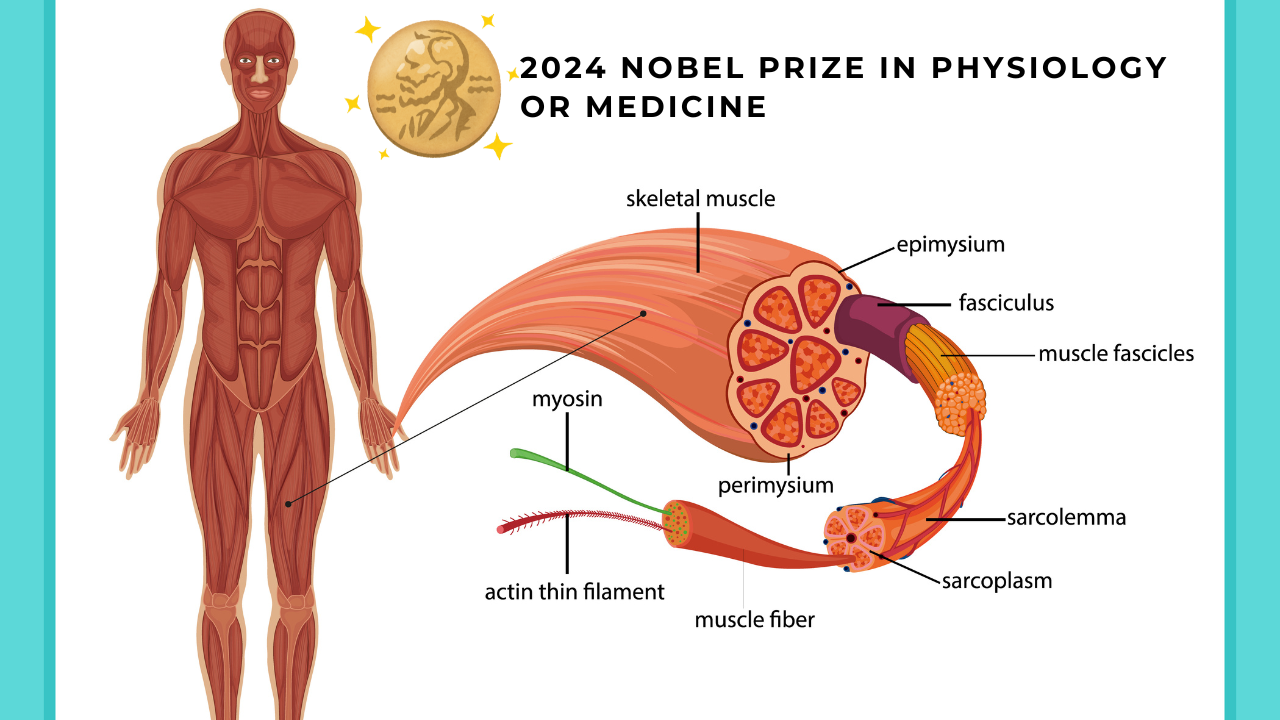Font size:
Print
Direct Seeding of Rice (DSR): TAR-WATTAR Technique
Context:
Principal agronomist at Punjab Agricultural University(PAU), Ludhiana headed the development of the ‘Tar-wattar’ DSR technology to reduce water usage.
More on News
- Experts stress the importance of soil suitability for successful implementation of DSR and advise farmers to avoid DSR in light-textured soils.
- The study revealed that only 20% of Punjab’s soil is of light texture

Key Highlights
- Punjab Government’s Promotion: Promoting technique to reduce water usage by 15% to 20%.
- Water Usage Comparison: Traditional puddling method requires 3,600-4,125 liters of water per kilo of rice, while the DSR method significantly reduces water requirements.
- It is a faster and less labour-intensive method that allows farmers to manage their paddy straw more effectively.
- Government Incentives: They are offering Rs 1,500 per acre incentive to promote DSR.
- Current Adoption Rates: Despite benefits adoption was limited with only 1.73 lakh acres out of 79 lakh acres under paddy cultivation used last year.
- Target for Increased Adoption: The government plans to allocate 7 lakh acres under DSR this year representing 10% of Punjab’s total rice acreage.
- Experts suggest using plant-available iron in soils for DSR, and ferrace iron
- A green-coloured, non-oxidised supplement, instead of brown oxidised iron.
- Iron deficiency in crops can lead to significant financial losses and even necessitate crop transplantation
How DSR Works?
- Traditional Method vs. DSR
-
- Traditional methods use nurseries to sown seeds, then uproot and replant them in flooded fields, a labour-intensive method known to maximise yields and improve crop health.
- DSR is a modern method that doesn’t necessitate nursery preparation or transplantation, as paddy seeds are directly sown 20-30 days before their transplantation.
- The field is irrigated and laser-leveled before seeding, using a drill or lucky seeder.
- Seed treatment involves soaking seeds in a fungicide solution for eight hours.
Soil suitability:
- Texture: DSR is suitable for heavy or medium-to-heavy textured soils, which retain water well. Unsuitable for light textured soils, which require frequent irrigation, thereby eliminating the water-saving benefits.
-
- Heavy-textured soils are rich in clay and less sand, while light-textured soils have less clay and more sand.
-
-
- The Majha and Doaba regions in northern and eastern Punjab have predominantly heavy-textured and medium-to-heavy-textured soil, while Malwa in central and southern Punjab has pockets of heavy-textured, medium-textured, and light-textured soils.
-
- Iron content: Soils with severe iron deficiency and weed problems are unsuitable. Iron deficiency may occur in fields previously cultivated with cotton, maize, and sugarcane.
Challenges:
- Weed Management: Requires careful weed control measures as pre-emergence herbicides are typically used before sowing.
- Seed Quality: High-quality seeds with good germination rates are essential.
- Precision Seeding: Proper equipment and technique are needed for accurate seed placement and depth.
Path Forward for DSR:
- Awareness and Education: Address lack of awareness and understanding among farmers. Educate them about soil suitability and benefits of DSR.
- Support and Compensation: Farmers should be compensated for losses during the initial years of adoption to prevent discouragement and encourage re-adoption.

